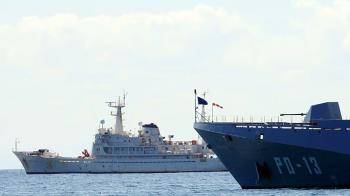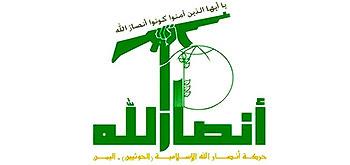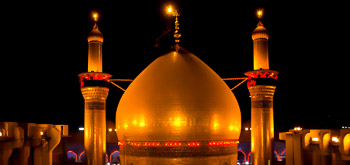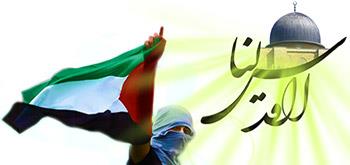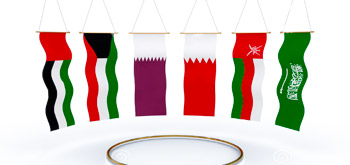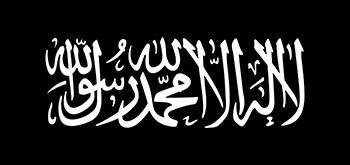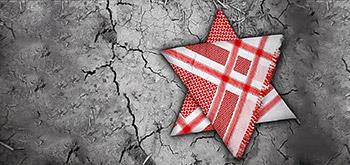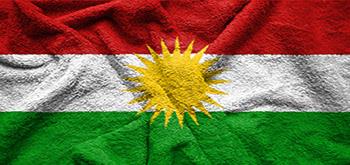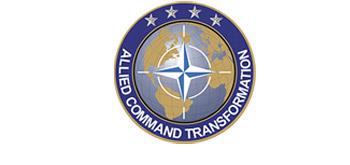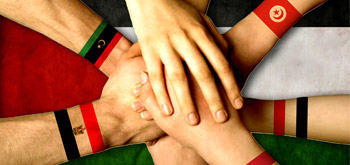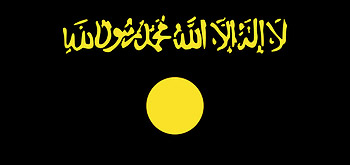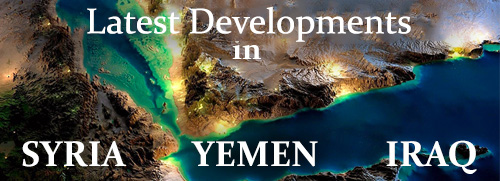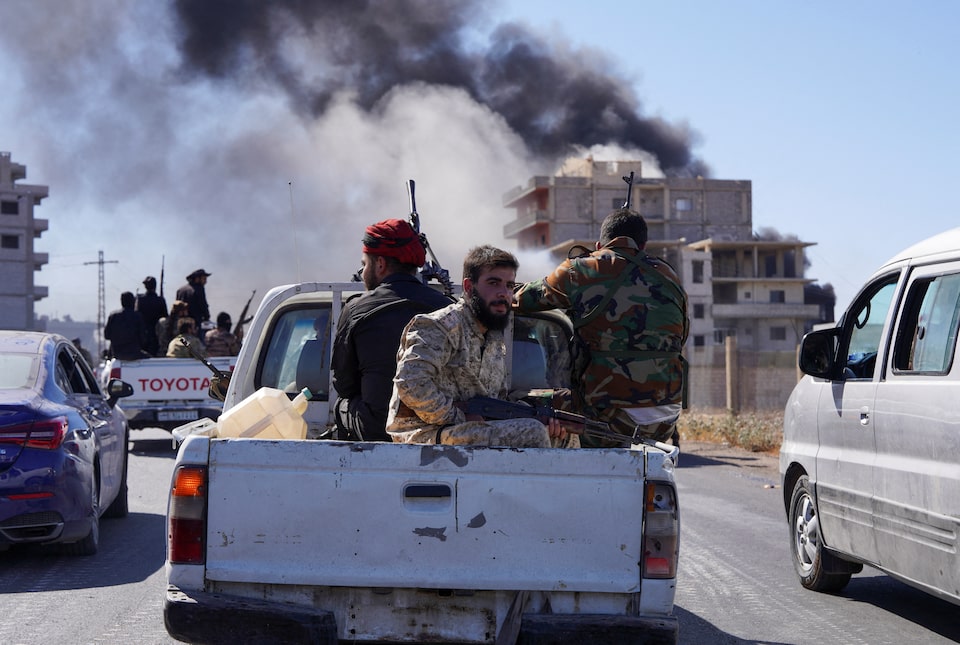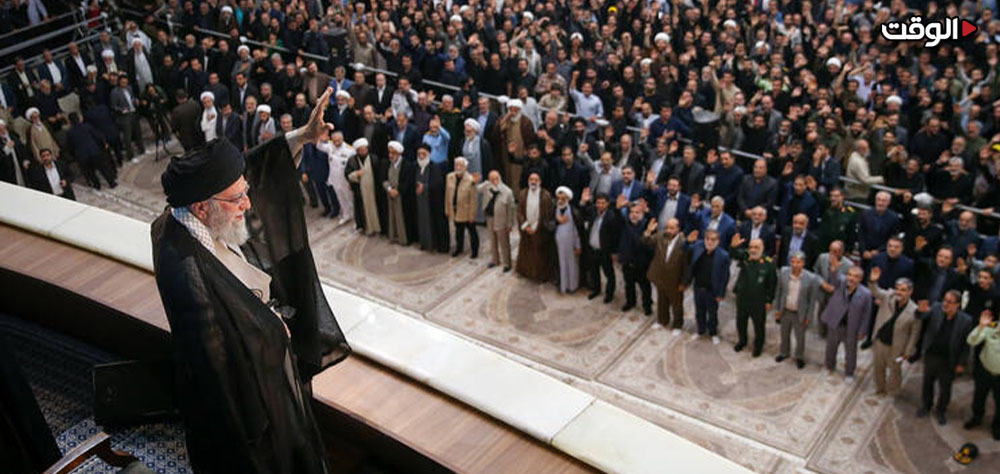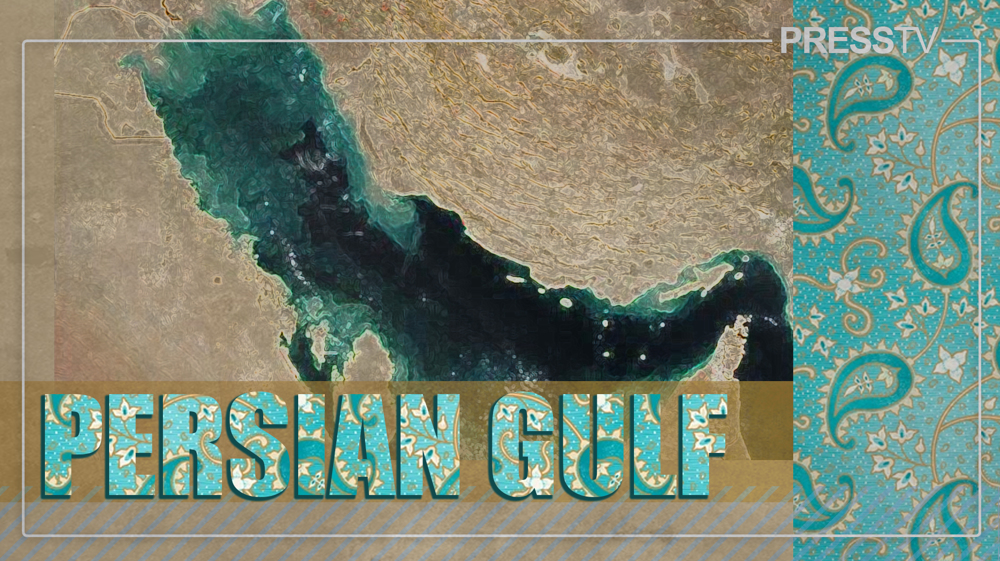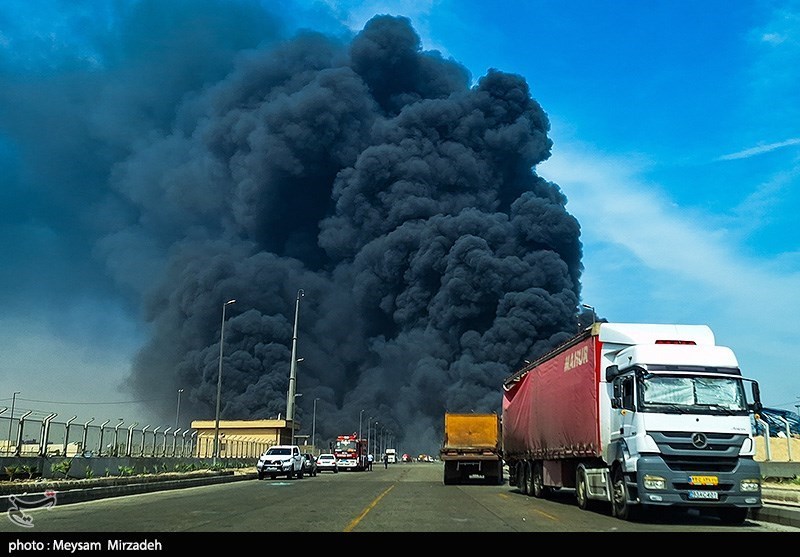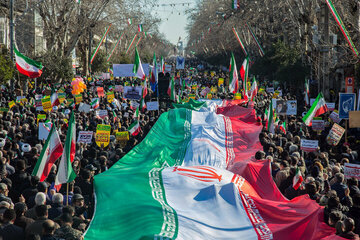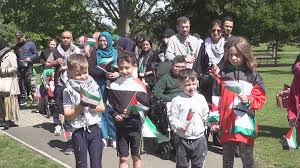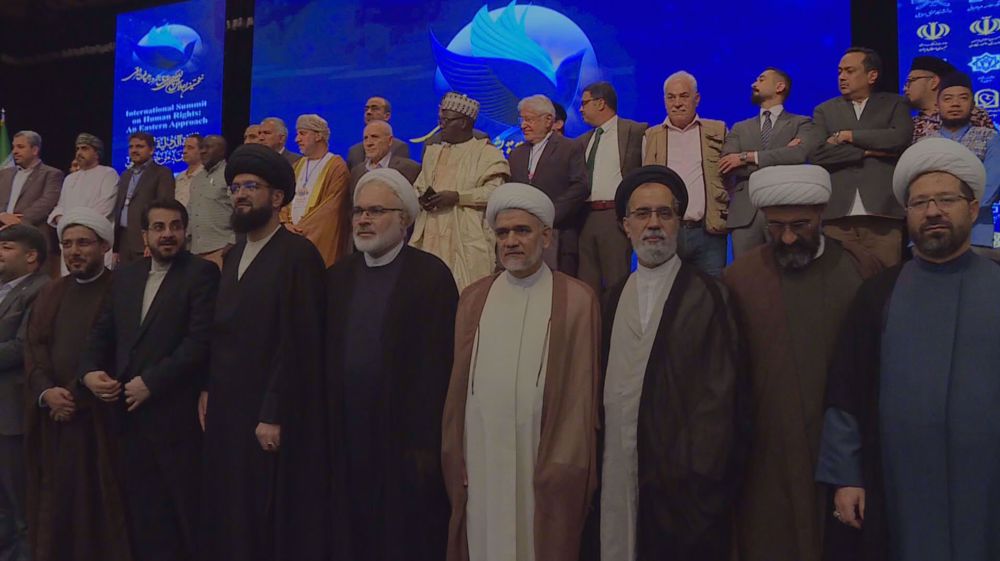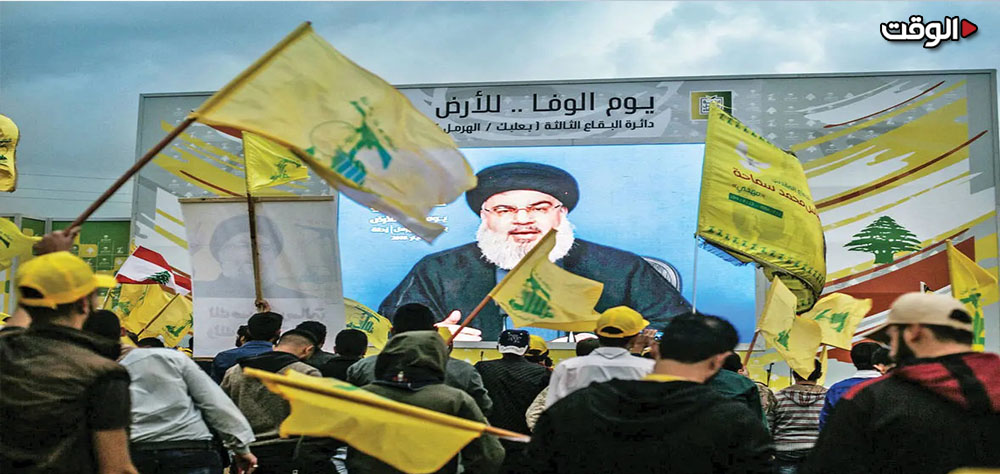Alwaght- Syria, which after the fall of the government of Bashar al-Assad has not seen the color of peace, in the latest developments has witnessed clashes between the forces of the interim government and the Druze minority and simultaneously the Israeli army. These tensions suggest that the Arab country is not going to enjoy peace and stability after al-Assad as these developments are not the first since his fall in early December last year. At the same time, these clashes are for the first time taking place inside the predominantly-Druze city of Sweida in southern Syria.
How have the tensions begun?
Before anything, it should be known that Sweida is the name of one of the 14 Syrian provinces. The province is in the southernmost part of the country and is the only city where the Druze are a majority. They account for only 3 percent of the Syrian population.
The city of Sweida, the capital of the province, has been the scene of bloody clashes between Druze militias and armed militants loyal to the government of Damascus for the past three days. The clashes began after the kidnapping of a Druze vendor and escalated into a battle between the Druze, Bedouin tribes, and the Syrian army, and Israel’s intervention in this internal Syrian issue further compounded the situation.
Sami al-Ramah, a retired Lebanese brigadier general who is also a Druze, explained in an interview with Al-Alam news network about the clashes in southern Syria said that the new Syrian government sent security forces to the south following the ongoing clashes between the Druze and “defenders of Sweida” on the one hand and the Arab and Bedouin tribes of the Houran on the other, but these government forces joined the ranks of the tribes and participated in the killing of the residents of Sweida. As sectarian clashes between the Druze militias and armed tribes unfolded in the city, Israel launched attacks against the forces of the Syrian interim government.
Also on Tuesday, Israeli Prime Minister Benjamin Netanyahu and Defense Minister Yisrael Katz announced in a statement that they had ordered the military to “immediately” target regime forces and weapons brought to Sweida for operations against the Druze. They added that Israel is committed to preventing harm to the Druze “out of its deep solidarity and brotherhood with the Druze citizens of Israel,” and that “we are taking action to prevent them from being harmed by the Syrian regime and to ensure the demilitarization of our border areas with Syria.”
After these developments, Syrian Defense Minister Morhef Abu Qasra said that a ceasefire was implemented in the city and the government forces fire back only if they are fired at. The interior ministry announced that government forces entered Sweida on Tuesday with the aim of ending the tribal clashes in recent days that have killed at least 100.
Rejecting Israeli intervention
Sweida is controlled by armed factions of the Druze, but their religious leaders had earlier announced that they approved the deployment of government forces and called on the fighters to hand over their weapons. At the same time, Yousef Jarbou, a leader of the Syrian Druze community, stressed in an interview with Al-Arabiya that innocent people were killed during the military operations in Sweida province and that “our only authority is the Syrian government” and we have not requested any Israeli intervention.
At the same time, the foreign ministries of the three countries of Saudi Arabia, Turkey and the UAE issued statements condemning the Israeli airstrikes on Sweida under the pretext of supporting the Druze.
In addition, Walid Jumblatt, the former leader of the Lebanese Druze Progressive Socialist Party, called on the people of Sweida to be vigilant against the provocative actions of Tel Aviv. Jumblatt emphasized that a political solution is necessary, which the Syrian government must guarantee.
Why is Israel intervening?
With Syrian situation getting more complicated day by day as a result of Israeli interventions, here are several reasons why Tel Aviv is intervening in southern Syria and particularly Druze-majority regions:
Sweida’s geographical location: Sweida is specifically important due to its strategic location near the Jordan borders and the occupied Golan Heights. The Israelis have worked for years to build influence in Syria’s south and prevent establishment of adversaries like Hezbollah or Iran-aligned forces through backing local groups, including the Druze minority. In other words, Tel Aviv intervenes in the south to technically control the whole Golan Heights and Sweida to prevent hostile forces and maintain Syria as a country from which there is no threat to Israel. Some analysts even argue that Israel is backing the Druze fighters to establish an autonomous Druze region. This region can act as a buffer zone and guarantee the Golan Heights security. Recent comments by Tariq al-Showfi, the commander of the Sweida Military Council who backed foreign support especially Israel, supports this theory.
Fishing in troubled waters: More than six months after the fall of the al-Assad government in Damascus, among the groups now more visible in Syria’s changing landscape is the Druze religious sect. The Druze emerged in the 10th century as a branch of the Ismaili sect, and more than half of the nearly one million Druze worldwide live in Syria. However, the Druze are divided over how to deal with their problems in new Syria. Many Druze support dialogue with the government, while others want a more confrontational approach. In this context, the Israelis have seized the opportunity to exploit internal differences among the Druze, acting to fish in the troubled waters caused by Druze division. To put it differently, Tel Aviv is trying to exacerbate ethno-religious divisions in Syria by stirring up Druze ethnic sentiments and supporting them against Sunni militants. This strategy could lead to the instability of the government of interim Syrian President Ahmad al-Sharaa and create opportunities for broader Israeli regional influence.

